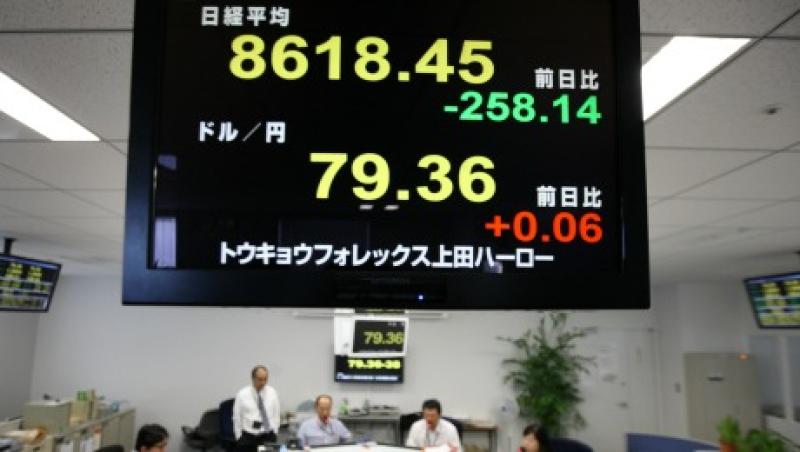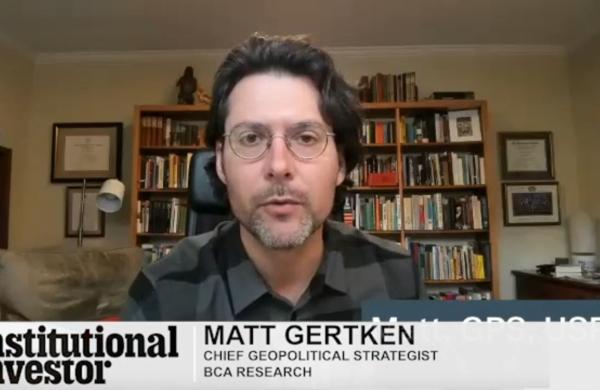Currency traders have central bankers to blame for their recent troubles. Weak economic growth around the world has led central banks to adopt monetary easing programs, driving currency volatility down to record lows — and taking away traders’ profit opportunities in the process.
“There are low interest rates almost everywhere in the developed world,” says David Gilmore, a partner and economist at Foreign Exchange Analytics, a currency research firm in Essex, Connecticut. “Monetary policy is fully accommodative. It makes for uninteresting times in the currency market; it makes for low volatility.” JPMorgan Chase & Co.’s global FX volatility index sank to an all-time low of 5.38 percent on July 1, based on records dating back to 1992.
“Every central bank wants a weak currency,” adds David Woo, head of global rates and currencies research at Bank of America Merrill Lynch Global Research in New York. “There’s a convergence of fundamentals across countries, and currencies ultimately trade on relative outlooks.”
One important fundamental that is seeing convergence is current-account balances, notes Robert Sinche, global strategist at Stamford, Connecticut–based brokerage firm Pierpont Securities. The U.S. account deficit has shrunk sharply since the 2008-’09 financial crisis, to 2.3 percent of gross domestic product last year from 4.9 percent in 2007, according to the Organization for Economic Cooperation and Development. Likewise, Japan’s current-account surplus has narrowed, shrinking to 0.7 percent of GDP in 2013 from 4.8 percent in 2007.
Another factor that is dampening volatility is increased bank regulation — particularly the Volcker Rule, which, experts say, has made banks reluctant to take bets on currencies. Adding to their reluctance, a lot of banks got burned when they went long the dollar earlier this year, only to see that trade fail, says Rick Harper, head of fixed income and currency for WisdomTree Asset Management in New York, which manages several currency exchange-traded funds.
Stricter regulation and a lessened opportunity for trading profits created by the low volatility in currencies have put a crimp on banks — on both their market-making operations and their speculative activity, Gilmore says. “You see it in bank layoffs, in a reduction of committing trading capital,” he explains.
Other categories of currency speculators are suffering from the absence of volatility as well. “For hedge funds, it’s a desert without an oasis,” says Gilmore. And as Sinche points out, the low volatility spurs a vicious circle. “If there’s a lack of volatility, speculators don’t want to be involved in the market, which leads to continued low volatility,” he says.
But some forex market participants stand to benefit from the present low-volatility environment. “For corporations doing trade and production overseas, low volatility is a good thing,” Sinche says. “It means less volatility for repatriated earnings.” Low currency volatility also helps boost trade flows — though in that case, he continues, global growth is the final deciding factor. Investors in global stocks and bonds also benefit from low currency volatility, because that makes it easier and cheaper for them to hedge the currency risk inherent in those assets.
For investors interested in speculating on currencies, according to Harper, the low volatility provides a positive backdrop for carry trades, which involve borrowing in a currency with a low interest rate to invest in another currency with a higher interest rate or other form of high return.
Going forward, views on the outlook for currency volatility are mixed. Sinche says it is likely to remain low at least through the end of this year. “We’re not seeing a tremendous amount of imbalances that would suddenly create a spike in volatility,” he explains. “If the market is convinced of the visibility of the U.S. Federal Reserve’s raising rates, that could be a catalyst. But most people think that won’t be until mid-2015.”
Woo isn’t so sure it will take that long for volatility to swing back, however. U.S. economic growth and inflation are picking up, unlike in Europe. “That will force central bank policy to diverge” with the European Central Bank’s continued easing while the Fed tightens, he says.
“That will ultimately be the catalyst for an increase in volatility,” Woo says. “Divergence is a prerequisite for volatility, and I think you will see more of it in the coming months.”
Get more about foreign exchange.







